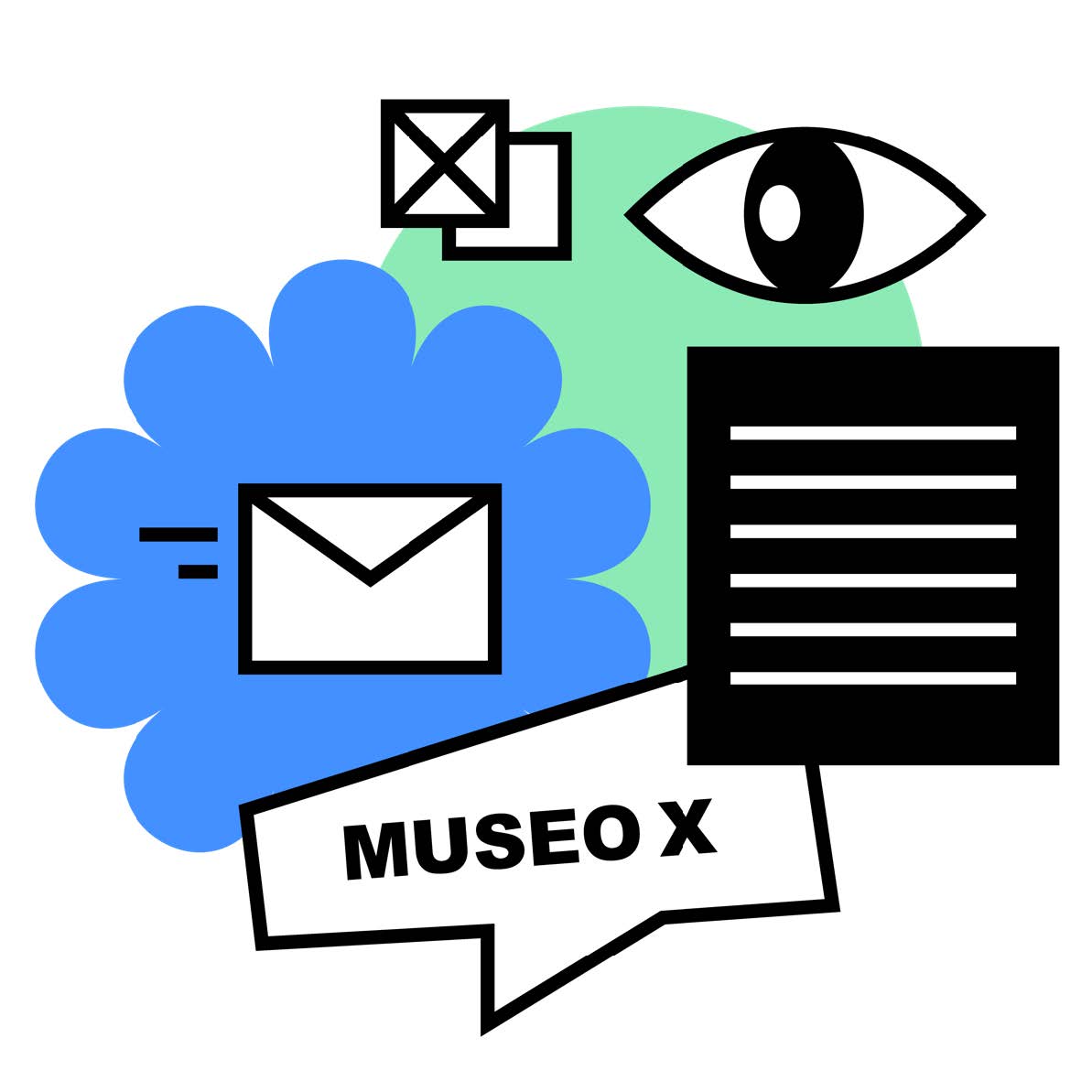Environmental sustainability of digital and why it matters for museums?
Sustainability is a hot topic, often with a focus on the environment due to climate change and resource scarcity. When it comes to being sustainable, digital applications were once seen as eco-conscious options. In graphic design, digital publications and products have been seen to save paper and other resources, make things more accessible, and assumedly result in more sustainable products. However, nowadays we understand that digital solutions also have an impact on the environment.
What is digital sustainability from the perspective of environmental impact? Digital sustainability is explained as the ways digital technology needs to be developed, to contribute to a better world, respect of environment, economy, and society (Epifani, 2017, cited in Karmametrix blog, 2023). The rapidity of digitalization and the Covid pandemic have increased the energy consumption of data centers and servers significantly (De, Pandey & Pal, 2020). According to the Sustainable Digital Design Report (2022), in 2020, data centers around the world consumed as much energy as the entire country of Indonesia.
In 2020, museums were faced with the challenge of offering museum experiences without physical contact. This resulted in the rise of digital museum exhibitions, both abroad and in Finland. In Finland, many exhibitions were conducted as 360° virtual tours. There were also some completely new approaches, like the project called “Nykytunteen Museo”, which captured the feelings and digital presence during the pandemic and was designed as a completely independent online museum. Still, the possibilities of digital museum experiences are here to stay. The digital museum offers an accessible solution for people unable to visit the museum physically, or who just want to experience something different. Creating an impactful experience often means making use of new technologies and interactive tools. However, this takes energy and creates emissions.
In the heart of the digital museum experience is first the work done before that, collecting, and building digital museum collections. This determines a big part of the overall sustainability. Digital solutions offer both possibilities and challenges that need to be examined carefully. My project will dive into this topic, examining both ecological and social aspects of sustainability, shedding some light on the not-very-researched topic.
Project report 2:
Communication practices
Project communication has worked both internally and externally so far. Our project group has an open way of communicating. We have discussed our topics during lectures and in our own WhatsApp group, helped each other with different assignments, and had some preliminary ideas about more efficient communication. We have planned to create a Teams channel or similar for easy communication and file sharing between our group, project partners, and supervisors. I have been the contact person in my group currently, but we might rotate the responsibility for an even workload. As a contact person, I have noticed that email is not the most flexible way of communicating and some information can get lost that way. One future challenge that needs to be figured out is the balance between internal and external communication. During our first meeting with project partners, it was discussed that it would be beneficial to get individual support for our projects, as our topics differ from each other. This requires planning for our group communication, as we must keep each team member informed, of what is happening on an individual level.
Preliminary project statement
The preliminary problem statement is the following: Understanding how to build digital museum collections sustainably, from the perspective of ecological and social sustainability. The end deliverable will be a guidebook or a compact sustainability strategy that will help in making the right decisions in the practical process to achieve sustainability goals.
Challenges
The challenging part so far has been to frame my project topic enough. I have been interested in a holistic understanding of sustainability and very wide topics, but the work will probably become more deeper analysis if I narrow it down to only certain topics of sustainability, like social and ecological, as suggested by MuseumX partners. As a newcomer to this topic, I may have overlooked some aspects, requiring further research for a comprehensive understanding. Another challenge is the balance between theoretical and practical. I want to apply my academic knowledge in a practical manner, but I’m unsure how to do so. Is design thinking a relevant approach to help in the practical aspect of this context? However, I received helpful feedback and insights that should make it easier to incorporate my ideas into the project plan.
References:
De’, R., Pandey, N., & Pal, A. (2020). Impact of digital surge during Covid-19 pandemic: A viewpoint on research and practice. International Journal of Information Management, 55, 102171–102171. https://doi.org/10.1016/j.ijinfomgt.2020.102171
Sustainable Digital Design (2022). The State Of Sustainable Digital Design (Report November 2022). Wunderland. https://www.datocms-assets.com/57413/1669722187-the-state-of-sustainable-digital-design.pdf
Karmametrix. (2023, January 17). Digital Sustainability: What is it and why does it matter? https://karmametrix.com/blog/web-sustainability/digital-sustainability-what-is-it-and-why-does-it-matter/


